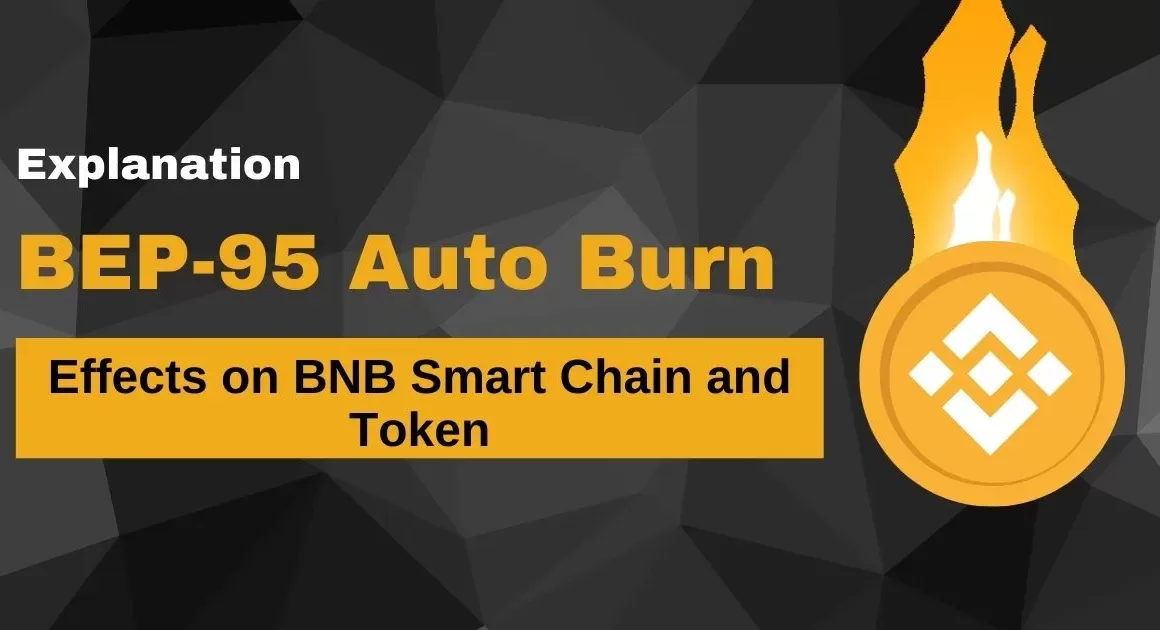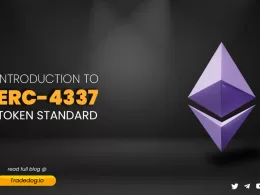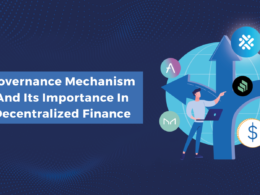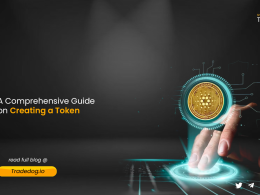Quick Links
BEP-95 also known as Bruno upgrade went live on Nov 30, 2021. It is a Binance Evolution Proposal that is introduced to make the token economics even more resilient. The proposal sets forth the ground for real-time burning of gas fees collected from the transactions happening on Binance Smart Chain (BSC).
BNB since the day of its launch has integrated a buy-back & burn mechanism and thus, presents itself as a deflationary asset. You can find the snippet from their whitepaper 👇
The idea seems to be derived from the EIP-1559 which got implemented on August 5, 2021. The proposal modified the existing transaction fee mechanism on Ethereum. It allowed for burning a portion of the gas fees and making ETH a deflationary asset. As of writing, 2.8 Mn ETH has been burnt off.
BNB seems to have adopted a similar model wherein the BSC network burns a fixed ratio of gas fees from each block. This means that the amount of gas fees rewarded to validators might reduce, hence, prima facie, affecting their net earnings.
How Does BEP-95 work?
BEP-95 introduces a mechanism for the burning of gas fees collected from each block. As per their article, the burn would continue even after 100 Mn BNB has been burnt.
The collected gas fees would be directed to two smart contracts-
- System Reward Contract: This contract would utilize the funds for “cross-chain package subsidies”. 1/16 of the gas fees would be transferred to the contract until it reaches a maximum of 100 BNB.
- ValidatorSet Contract: The remainder of the gas fees would stay here. It would be responsible for disbursing gas fees to validators and/or delegators. These funds are further directed to the Binance Chain and further split amongst the validators.
ValidatorSet contract has got burnRatio in its functioning. The burning process is as follows-
- The validator needs to call the deposit function in order to withdraw the gas fee.
- Initially, the burnRatio is fixed at 10%.
- 10% of the gas fees is burnt as per the following equation: burnRatio * gasFee
This ratio is subject to change as per the voting & governance mechanism. Validators have to stake at least 2,000 BNB to participate in the proposal.
Purpose of BEP-95: Real-Time Burning Mechanism
Real-time burning mechanism, inspired from EIP-1155 would surely create a deflationary pressure. The decrease in supply would eventually lead to buying pressure on its price.
While the rewards for validating the blocks would plunge, however, based on the economics of supply & demand, the decrease in supply would be offset by the increase in price, thus it can be argued that virtually, validators would stand unaffected. This hypothesis can be argued to work smoothly in the neutral & bull markets, but the validators would be most affected during bear markets.
What would be the impact of BEP-95?
BEP-95 induces real-time burning of gas fees on the BSC network. Token burning adds intrinsic value to the token and is a mechanism deployed to ensure a fixed circulating supply of tokens. The whole mechanism works on the principle of supply & demand, i.e., as tokens are burnt (decrease in supply), the value should increase (increase in demand).
While Binance has got Auto-Burn with the motive to reduce its total supply to 100 Mn, it also runs Pioneer Burn Program to permanently remove BNB from circulation BNB. Real-time burning of tokens triples the token burning force and it is expected to have a significant impact on the price of BNB.
As of this writing, 147,361.21 BNB (worth ~$42.3 Mn) has been burnt.
Conclusion
BEP-95, a similar concept to EIP-1155 brings BNB burning to the microscopic level and ensures BNB is taken out of supply with each new block added to the chain. While Binance is complying with its commitment to burn 50% of its circulating supply via Auto Burn & bring it down to 100 Mn (200 Mn at the time of launch), real-time burning adds a new layer of burning from its BSC chain.
It is for sure going to position BNB as a good investment opportunity owing to its commitment to burn tokens while it would not stop at 100 Mn supply too. As Ethereum is inflationary in nature and EIP-1155, to an extent, decelerates the ETH emission, thus bringing down the pace of new coin emission.
While the Ethereum case stated above seems relatable, the BNB saga has got a different face. It is because the maximum supply of BNB was minted on release, thus, the coin burn would add up to the accelerated reduction (deflation) of the supply and would make the token a more scarce token.
While the token burn could induce a potential upward price pressure positioning it as an appealing investment opportunity, we definitely suggest that investors must “DYOR” and not consider burning as the ultimate factor for making investments.









